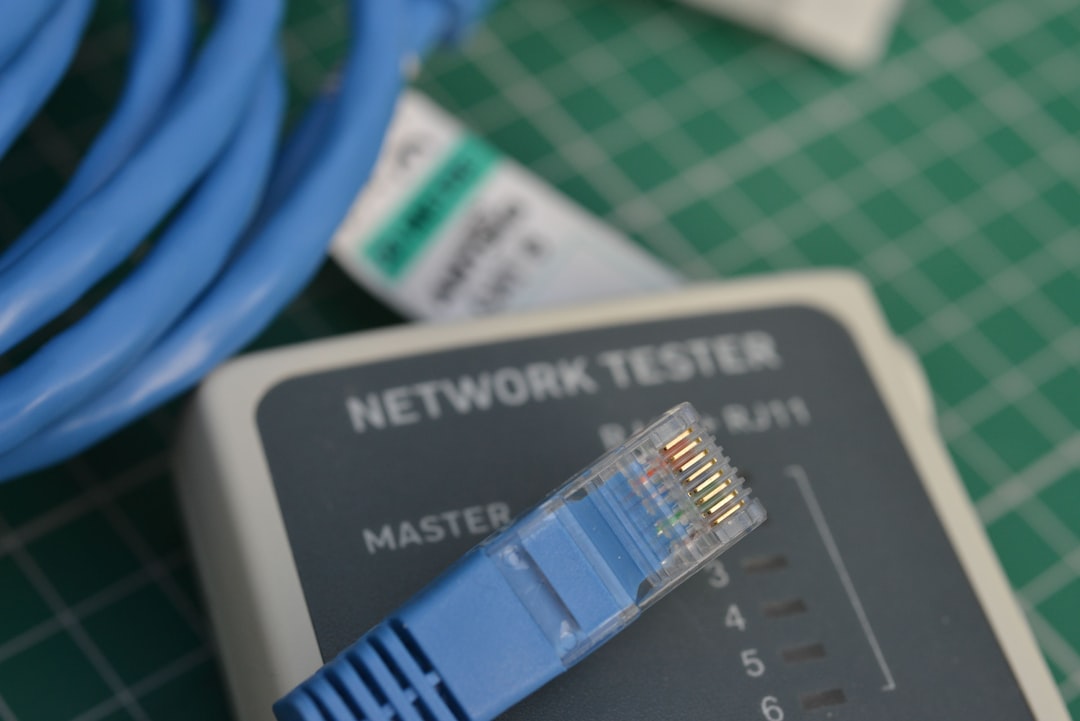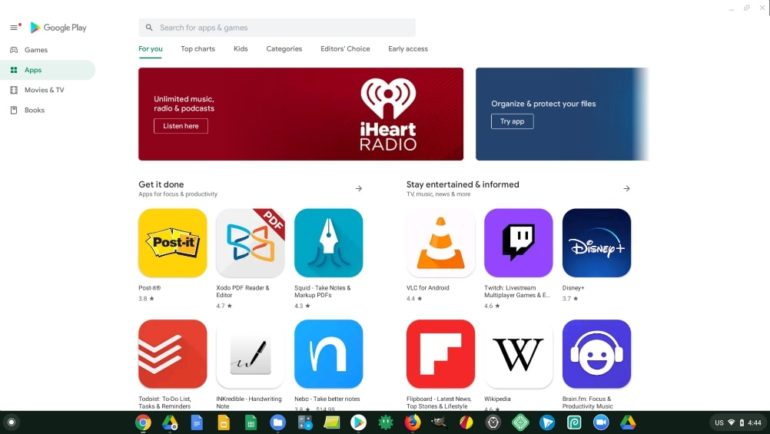The Best Free CDN Options in 2025 (and When to Upgrade)
Whether you’re running a personal blog or managing a full-blown web application, performance matters. One of the best ways to improve website speed and scalability is by using a Content Delivery Network (CDN). In 2025, CDN technology continues to be essential for web optimization, and the best part? There are still several top-tier options available for free. But how do you decide which one to use—and when it’s finally time to upgrade? Let’s explore the best free CDN options available today and discuss the ideal moments to transition to a paid plan.
What Does a CDN Do?
Table of Contents
A Content Delivery Network (CDN) distributes copies of your website’s static content (like images, stylesheets, scripts, and videos) to servers strategically located around the globe. When a user visits your site, the CDN delivers this content from the nearest server to ensure faster load times. This reduces latency, improves user experience, and can even increase your SEO rankings.
So, what are the best free CDN options in 2025?
Top Free CDN Options in 2025
1. Cloudflare
Cloudflare remains a top choice for developers seeking a robust and globally distributed CDN. Beyond just delivering static assets, the free tier also includes basic DDoS protection and analytics. It’s ideal for small to medium-sized websites.
- Global coverage: 300+ data centers worldwide
- Additional features: DNS management, firewall, automatic HTTPS
- Best for: Blogs, personal websites, and small businesses
Limitations: No image resizing or advanced edge compute, which are reserved for paid tiers.
2. jsDelivr
jsDelivr is a free CDN specifically tailored for open-source projects. It’s widely used for serving libraries hosted on npm, GitHub, and WordPress.org. Thanks to its multi-CDN approach using Cloudflare, Fastly, and Bunny.net, jsDelivr ensures excellent uptime and delivery speeds.
- Zero configuration: Paste the URL and go
- Highly redundant: Uses a smart load balancing system
- Best for: Developers integrating third-party libraries
Limitations: Not meant for hosting your own images or files.
3. Google Cloud CDN (Free Tier)
Google offers a generous free tier as part of their Cloud CDN services, which is integrated seamlessly with Google Cloud products. It comes with 1 GB of egress data per month at no cost, making it viable for light use or testing purposes.
- Integration: Works hand-in-hand with Google Cloud Storage or Compute Engine
- Security: Built-in TLS, and DDoS mitigation through Google’s infrastructure
- Best for: Developers already on Google Cloud
Limitations: After the free tier, pricing becomes complex and potentially costly without careful planning.
4. Microsoft Azure CDN (Trial and Limited Free Tier)
Azure provides a limited-time free usage of their premium CDN services for new users or small-scale apps. It’s excellent for enterprises already using the Azure ecosystem.
- Global scale: Backed by Akamai and Verizon infrastructure
- Features: Caching rules, DDoS protection, analytics dashboard
- Best for: Corporate websites and Azure cloud apps
Limitations: Free offerings are either promotional or limited monthly credits.
5. Bunny.net (Free Tier via Perma-Cache for Open-Source Projects)
Bunny.net is loved by developers for its exceptional performance-to-cost ratio. While not entirely free for commercial use, Bunny offers Perma-Cache, a free CDN service for open-source maintainers and nonprofit organizations.
- Lightning fast: Optimized for images and video delivery
- Easy setup: User-friendly panel and API access
- Best for: Open-source teams and educators
Limitations: Limited support for personal or commercial usage under free plans.

How to Choose the Right Free CDN
Choosing the right CDN depends largely on your specific needs. Here are a few pointers:
- Personal Blogs: Cloudflare or jsDelivr are perfect fits.
- Web Applications: Google Cloud CDN or Azure CDN may be better for more flexibility and integration.
- Open-Source Projects: Use jsDelivr or Bunny’s Perma-Cache.
It’s essential to test for performance—not all CDNs are created equal depending on your audience’s location and your site’s structure.
When Should You Upgrade to a Paid CDN Plan?
Free CDNs are incredibly useful when you’re starting out or managing a small project. But as your website grows, your CDN needs will evolve too. Some signs that it may be time to move to a paid plan include:
1. Increased Traffic and Bandwidth Needs
If your site suddenly goes viral or starts gaining traction, you might exceed the bandwidth allotment of your free CDN provider. Paid plans offer more generous data transfer, predictable pricing, and better performance at scale.
2. The Need for Advanced Features
Premium CDN plans offer features like advanced content optimization, image resizing, real-time analytics, automatic failover, edge computing, and multi-layered security. These are invaluable once your site hits a certain complexity.
3. Enterprise-grade Reliability
Features like SLA-backed uptime guarantees, dedicated customer support, and tighter integration with infrastructure become essential for business-critical websites or apps.
4. Compliance and Legal Requirements
If your website collects sensitive user data, you may be legally mandated to ensure secure data routing, compliance with regional policies (like GDPR), and data residency—which may only be possible via paid CDN options.
5. Custom Rules and Caching Strategies
Paid tiers often allow fine-grained control over cache rules and delivery behavior, which can be essential for dynamic applications or edge-rendered content.

Tips for a Smooth CDN Transition
If you decide to move from a free to a paid CDN provider, here are some tips to make the process seamless:
- Benchmark your performance: Use tools like GTmetrix or WebPageTest before migrating to capture baseline metrics.
- Test incrementally: Apply new CDN rules to select folders or pages first before going full-scale.
- Monitor continuously: Keep an eye on latency metrics, cache hit ratios, and costs during the transition.
- Choose the right plan: Many CDN providers offer elastic pricing or customized plans—pick one that grows with your business.
Final Thoughts
The best free CDN options in 2025 are more powerful and accessible than ever. Whether you’re hosting an open-source library on jsDelivr, handling moderate traffic on Cloudflare, or testing waters on Google Cloud’s CDN, the free tier offerings have matured enough to cover most use cases.
However, as your needs scale—with greater traffic, demand for advanced features, or the need for enterprise-grade support—it becomes clear when a switch to a paid plan is not just beneficial, but necessary. Smart decision-making now will save you from performance bottlenecks and growing pains down the road.
So start with what fits your needs today, monitor closely, and be ready to upgrade when your project demands it. The web is faster—and smarter—when powered by the right CDN.







